-
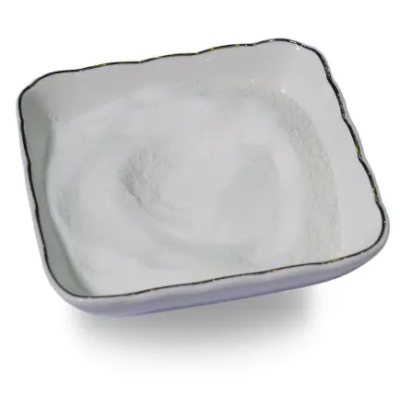
(3-Amino-pyridin-4-yl)-methanol CAS:152398-05-5
The (3-Amino-pyridin-4-yl)-methanol is a versatile chemical compound used in various industries such as pharmaceuticals, agrochemicals, and material sciences. Also known as 3-amino-4-pyridinemethanol, it is a white to off-white solid with the molecular formula C6H8N2O. This compound is widely used as a building block in the synthesis of complex organic molecules due to its unique structure and reactivity. It serves as a key intermediate in the production of pharmaceuticals, especially in the development of novel drugs targeting specific biological pathways.
-
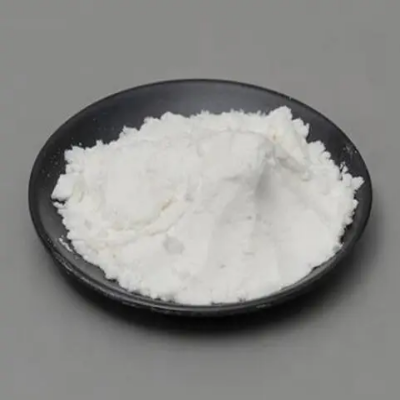
(2R,4R)-tert-butyl 4-hydroxy-2-(iodomethyl)pyrrolidine-1-carboxylate CAS:132589-66-3
(2R,4R)-tert-Butyl 4-hydroxy-2-(iodomethyl)pyrrolidine-1-carboxylate is a chiral compound containing a pyrrolidine ring with an alcohol, ester and alkyl halide substituent. The R stereochemistry at the 2 and 4 positions of the ring give it a well-defined three dimensional structure important for biochemical interactions. The alcohol, ester and iodomethyl groups provide multiple reactive sites for organic transformations.
-
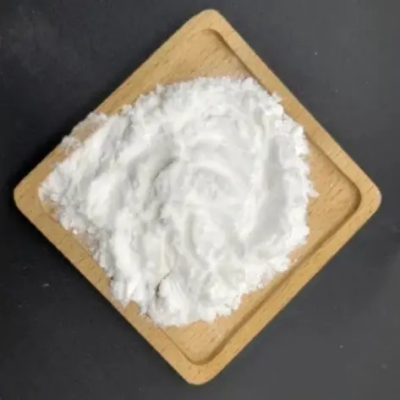
Tris(triphenylphosphine)rhodiu CAS:14694-95-2
Tris(triphenylphosphine)rhodium, with the chemical formula RhCl(PPh3)3, is a well-known coordination complex in organometallic chemistry. It features a rhodium atom coordinated to three triphenylphosphine ligands and a chloride ion. This complex is renowned for its significance as a catalyst in various organic transformations, particularly in hydrogenation reactions.
-

Tris(triphenylphosphine)ruthenium(II) chloride CAS:15529-49-4
Tris(triphenylphosphine)ruthenium(II) chloride, with the chemical formula RuCl(PPh3)3, is a coordination complex in organometallic chemistry. It features a ruthenium atom coordinated to three triphenylphosphine ligands and a chloride ion. This complex is notable for its catalytic activity in various organic transformations.
-
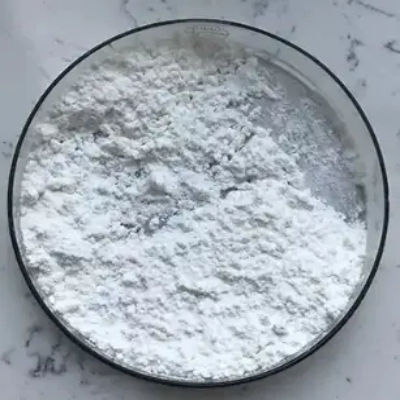
Sodium tetrachloropalladate(II) CAS:13820-53-6
Sodium tetrachloropalladate(II), with the chemical formula Na2[PdCl4], is a compound consisting of sodium ions and tetrachloropalladate(II) anions. It exists as a yellow crystalline solid and is soluble in water and other polar solvents.
-

Rhodium(III) chloride hydrate CAS:20765-98-4
Rhodium(III) chloride hydrate is a rhodium compound that contains chloride ions and water molecules. It is commonly used as a catalyst in various organic transformations due to its unique reactivity and catalytic properties.
-
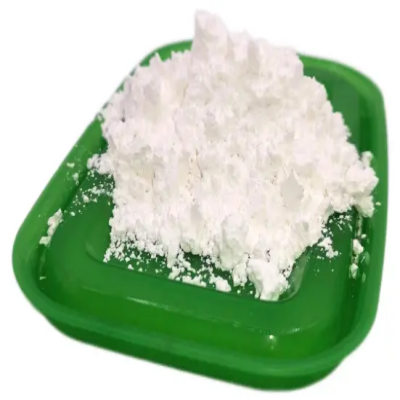
Sodium hexachloroplatinate(IV) hexahydrate CAS:19583-77-8
Sodium hexachloroplatinate(IV) hexahydrate, with the chemical formula Na2[PtCl6]·6H2O, is a hydrated salt composed of sodium ions and hexachloroplatinate(IV) anions, each coordinated with six water molecules. It is a crystalline solid with a yellow color and is soluble in water.
-
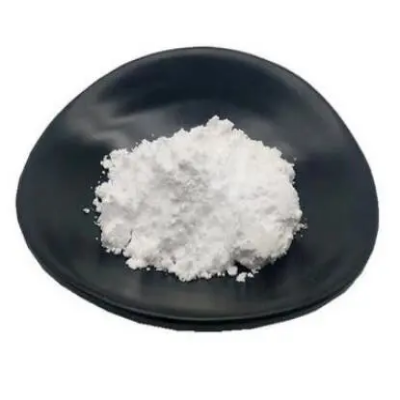
PALLADIUM (I) TRI-TERT-BUTYLPHOSPHINE BROMIDE CAS:185812-86-6
PALLADIUM (I) TRI-TERT-BUTYLPHOSPHINE BROMIDE is a coordination complex widely used in organic synthesis. It serves as a catalyst in various cross-coupling reactions, especially in the formation of carbon-carbon and carbon-heteroatom bonds. This complex is valued for its high catalytic activity and selectivity, making it a versatile tool in the field of organometallic chemistry.
-
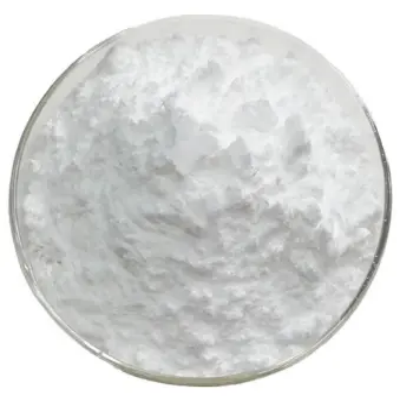
Diamminedinitritoplatinum(II) CAS:14286-02-3
Diamminedinitritoplatinum(II) is a coordination compound with the chemical formula Pt(NO2)2(NH3)2. It consists of a central platinum atom coordinated with two ammine (NH3) and two nitrite (NO2) ligands. This complex exhibits interesting chemical reactivity and is often employed in chemical synthesis and coordination chemistry research.
-
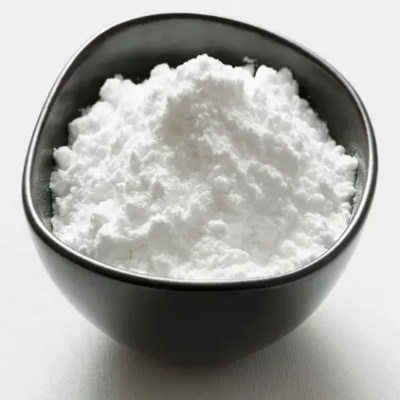
Chlorocyclopentadienylbis(triphenylphosphine)ruthenium(II) CAS:32993-05-8
Chlorocyclopentadienylbis(triphenylphosphine)ruthenium(II) is a coordination compound featuring a cyclopentadienyl ligand, two triphenylphosphine ligands, a chloride ligand, and a ruthenium center. It is widely utilized as a catalyst in various organic transformations, including olefin metathesis, hydrogenation, and C-H activation reactions. Additionally, it serves as a precursor for the synthesis of other ruthenium complexes with diverse applications in catalysis, material science, and medicinal chemistry.
-

Carbonyldihydrotris(triphenylphosphine)ruthenium CAS:25360-32-1
Carbonyldihydrotris(triphenylphosphine)ruthenium is a coordination compound containing three triphenylphosphine ligands, two carbonyl ligands, and a ruthenium center. It is commonly employed as a catalyst in various organic transformations, including hydrogenation, hydrosilylation, and carbonylation reactions. Additionally, it serves as a precursor for the synthesis of other ruthenium complexes with diverse applications in catalysis, material science, and medicinal chemistry.
-
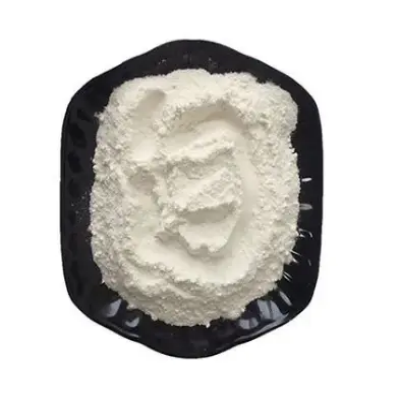
Rhodium(II) octanoate dimer CAS:73482-96-9
Rhodium(II) octanoate dimer, with the chemical formula Rh2(Oct)4, is a coordination complex of rhodium characterized by its dimeric structure. Octanoate ligands bridge two rhodium atoms, forming a stable coordination compound. This compound is utilized as a catalyst in various organic transformations, particularly in carbene insertion and C-H activation reactions.

